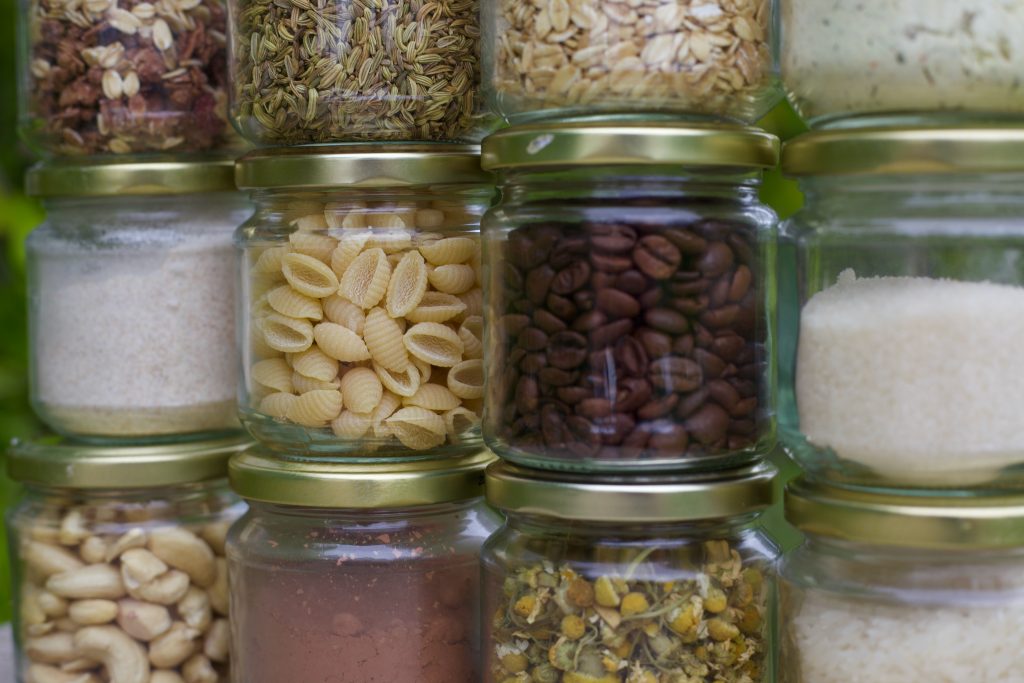Emergencies come in various forms, ranging from severe storms to unexpected power outages. Just like having insurance coverage for your home or car, it’s crucial to be prepared for the unexpected by stocking up on long-term food items. These food reserves act as a safety net, ensuring that your family won’t go hungry during times of crisis.
By incorporating freeze-dried foods into your emergency food supply, you can be ready for almost any unexpected event. Consider how invaluable these foods can be when a storm knocks out your electricity for several days. With long-term food items and a simple one-burner stove or candle to heat water (cold water can suffice in a pinch), you can still enjoy a hot and satisfying meal in less than 10 minutes.

Creating a private food reserve makes perfect sense, both from a financial and security standpoint. Using pouches is ideal for limited short-term emergencies, while cans are more suitable for potential extended emergencies or situations that may affect a large number of people. You can also mix and match your short-term and long-term food items to cater to your specific needs.
Expert Advice:
1. Assess Your Family’s Dietary Needs: Consider the dietary requirements and preferences of each family member when planning your emergency food supply. Take into account any allergies, dietary restrictions, or special considerations to ensure that everyone’s needs are met during an emergency.
2. Calculate the Right Amount: Determine the appropriate quantity of food to store for your family based on the number of members and the estimated duration of the emergency. The general recommendation is to have at least a two-week supply of non-perishable food items.
3. Focus on Balanced Nutrition: While it’s essential to have a sufficient food supply, it’s equally important to maintain a balanced diet during emergencies. Include a variety of food items that provide essential nutrients, such as proteins, carbohydrates, healthy fats, and vitamins.
